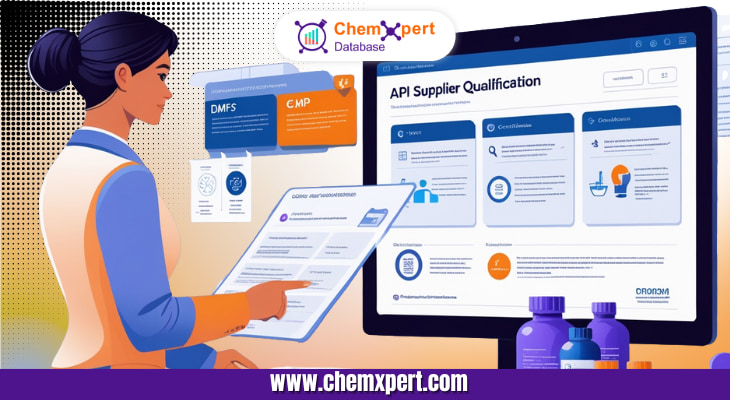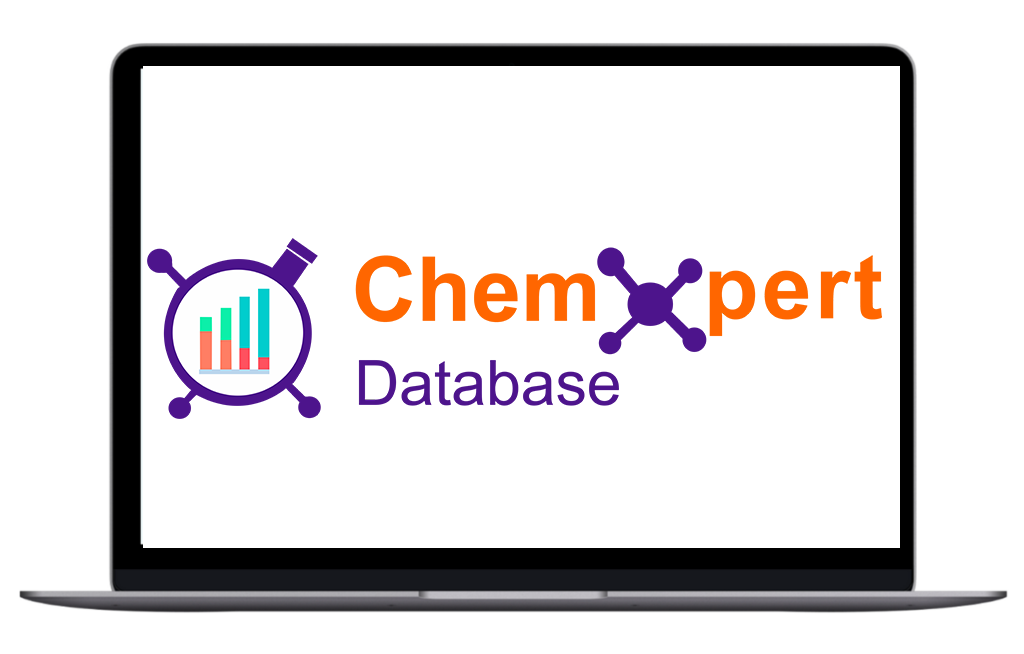
Qualifying an API supplier sounds simple — until you actually do it. Between chasing DMFs, verifying GMP certificates, and decoding regulatory filings, it can feel like running a marathon with your shoelaces tied together.
In regulated pharma markets, you can’t afford to take shortcuts. One missing certificate or bad audit report can delay production, trigger compliance issues, or worse — kill your launch timeline.
That’s where Chemxpert Database comes in. They cut through the chaos by putting everything, suppliers, filings, certifications, inspections — in one place.
In this blog, we’ll walk through how to properly qualify API suppliers step by step, the key documents you need to check, and how Chemxpert helps you turn months of manual work into a few smart clicks.
Before making any deal with an API supplier, confirming key documents and regulatory fillings is an important step. This gives an overall picture of the supplier and helps in confirming whether they are legit or not.
Here’s your no-fluff checklist for verifying regulatory compliance in regulated markets.
Start with the basics: Does your supplier even have a Drug Master File (DMF) or Active Substance Master File (ASMF)?
If these docs aren’t current or don’t cover your use case, red flag. Move on.
Follow one thumb rule, without GMP, you will not make any deal. Always ask for a valid GMP certificate issued by a recognized health authority (like USFDA, EMA, MHRA, or CDSCO). Confirm that the site complies with ICH Q7 guidelines, especially around:
A shiny certificate is nice, but recent inspection reports matter more.
Always ensure that the CoA clearly matchs your product specs and reference actual batch numbers. Here’s what you need to check:
If CoAs look identical across different batches… someone’s copy-pasting.
These aren’t just legalese—they’re windows into a supplier’s quality mindset.
Ask for the most recent inspection outcomes and check public databases (FDA, EMA) for:
If you find unresolved issues, probe deeper. Consistent 483s are often signs of systemic failure, not bad luck.
Once the supplier clears the paperwork, it’s time to talk commitment. Review the following details:
If the supplier treats documentation like an afterthought, imagine how they handle your batches.
Qualifying an API supplier in a regulated market isn’t just paperwork—it’s survival. Done wrong, it costs months, millions, and your sanity. Done right, it builds a foundation for smooth, compliant operations. Here’s a clear, no-BS workflow to get it right the first time.
Before anything else, you need to know who’s worth your time. Start wide, then narrow down.
With Chemxpert, you can instantly view verified API suppliers and their audit histories, regulatory coverage without sending a single email.
This is where you separate compliant suppliers from the risky ones.
Double-check every regulatory filing.
Not all APIs carry the same risk. Some require deep audits; others, just a document check.
Use a risk-based approach, guided by ICH Q9 and ICH Q7 principles.
Now comes the hands-on part. Whether virtual or in person, this step tests if the supplier walks the talk.
If you spot recurring deviations or incomplete CAPAs, that’s your cue to walk away—or demand requalification.
Once a supplier passes all checks, seal it with solid documentation.
Onboarding isn’t the finish line—it’s the start of long-term monitoring. With Chemxpert, ongoing supplier performance and regulatory status tracking become automatic, not manual.
Platforms like Chemxpert database make it faster, cleaner, and way less painful by centralizing everything you need in one place.
Qualifying an API supplier in regulated markets isn’t just about ticking boxes. It’s about trust, traceability, and timing. One weak link in compliance or documentation can send your entire production schedule into chaos. That’s why having the right data at your fingertips isn’t a luxury, it’s a survival skill.
Pharmaceutical teams today don’t have the time (or patience) to chase expired GMPs, outdated DMFs, and supplier “we’ll get back to you” emails. Chemxpert Database changes that. It centralizes every critical piece of supplier intelligence — from regulatory filings to live inspection alerts — in one clean, audit-friendly dashboard.
With Chemxpert, what used to take 6–8 weeks now takes days. No more blind spots. No more messy spreadsheets. Just data you can trust, ready when you need it.
So, if your team is still manually verifying suppliers, it’s time to rethink the process.
Chemxpert isn’t just another database — it’s your qualification accelerator.
Ready to cut your qualification time in half? Explore Chemxpert Database today and see how faster decisions lead to better partnerships — and stronger supply chains.

Sick and tired of always wondering if you are being asked to pay the right price for your APIs? This empowers you with the answers you need to make the right decisions in the Global API market.
Chemxpert Database is one of the biggest and most comprehensive directories of pharma and chemicals, manufacturers, suppliers and information. Provided with current information on prices, demand and transactions, it gives you instant feedback on whether you are buying what is right and at the right time.
Start using market intelligence today and allow yourself to be in control in the API market.
Check it out today and make more informed sourcing decisions! Learn More!